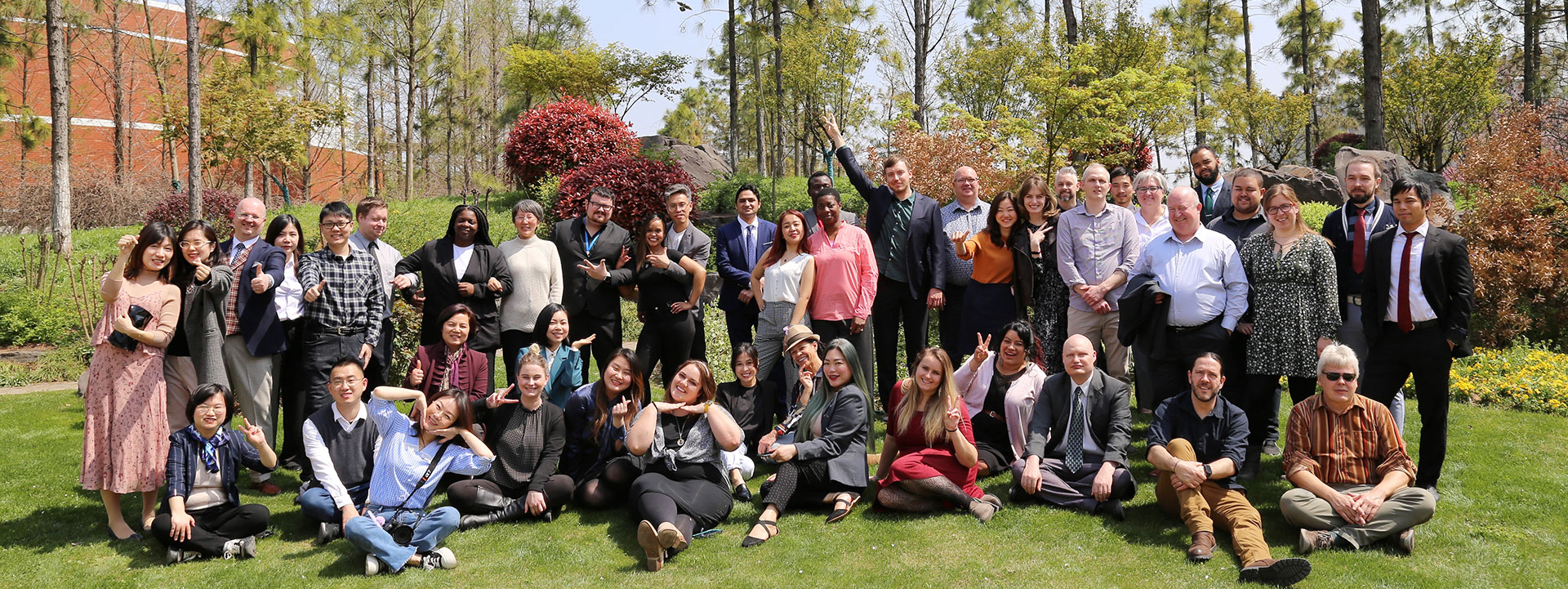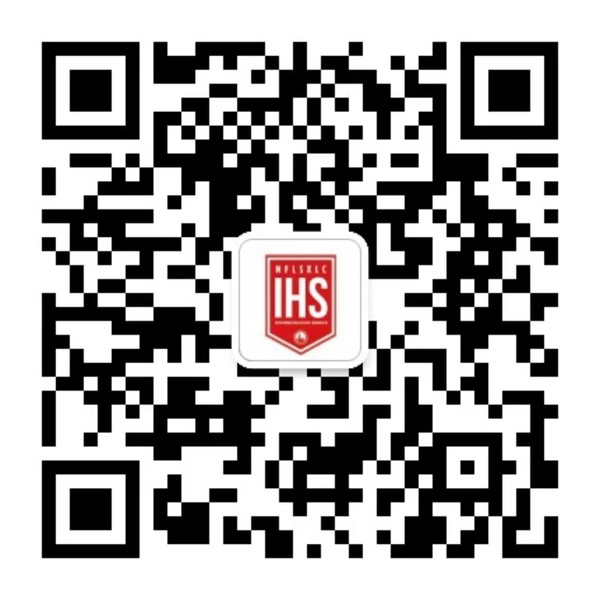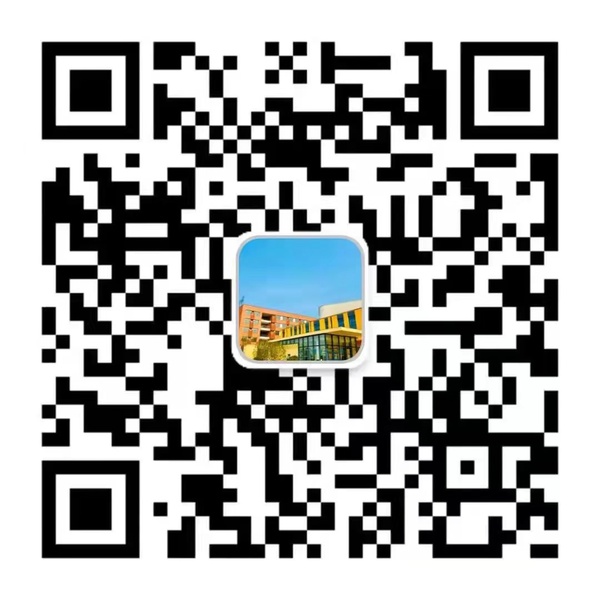Teaching hyperactive primary students can be both challenging and rewarding. These students often have boundless energy and find it difficult to sit still or concentrate for extended periods. However, with the right strategies and techniques, educators can create a supportive and engaging learning environment that caters to their needs.
1. **Structured Routine**: Establishing a structured daily routine can help hyperactive students feel more secure and focused. Clearly communicate the schedule for each day, including designated times for breaks, physical activities, and quiet study periods. Consistency is key in helping these students feel comfortable and in control.
2. **Active Learning**: Incorporate active learning techniques into lessons to keep hyperactive students engaged. Utilize hands-on activities, group discussions, and interactive games to promote participation and movement. Allow students to move around the classroom when appropriate, such as during group work or learning stations.
3. **Short, Frequent Breaks**: Recognize the need for frequent breaks to help hyperactive students release excess energy and refocus. Break up lessons into smaller segments, with short breaks in between. Encourage students to engage in quick physical activities or stretches during these breaks to promote circulation and concentration.
4. **Multi-Sensory Instruction**: Cater to different learning styles by incorporating multi-sensory instruction techniques. Use visual aids, auditory cues, and hands-on materials to present information in various ways. This approach not only enhances understanding but also accommodates the diverse needs of hyperactive students.
5. **Positive Reinforcement**: Implement a system of positive reinforcement to encourage desired behaviors and academic progress. Offer praise, rewards, and incentives for staying focused, participating actively, and completing tasks successfully. Celebrate even small achievements to build confidence and motivation.
6. **Classroom Environment**: Create a classroom environment that minimizes distractions and promotes concentration. Arrange desks in a way that reduces visual and auditory stimuli. Use noise-canceling headphones or quiet corners for students who may need a temporary retreat to regain focus.
7. **Collaboration with Parents and Support Staff**: Maintain open communication with parents and involve them in the educational process. Share strategies that work well in the classroom and solicit feedback on their child’s individual needs. Collaborate with support staff, such as school counselors or special education teachers, to develop personalized intervention plans when necessary.
8. **Self-Regulation Techniques**: Teach hyperactive students self-regulation techniques to help them manage their impulses and emotions. Practice deep breathing exercises, mindfulness techniques, and progressive muscle relaxation to promote relaxation and focus. Encourage students to recognize signs of restlessness and employ these strategies independently.
By implementing these strategies, educators can create a supportive and inclusive learning environment where hyperactive primary students can thrive academically and socially. With patience, understanding, and creativity, teachers can help these students reach their full potential and succeed in the classroom.










